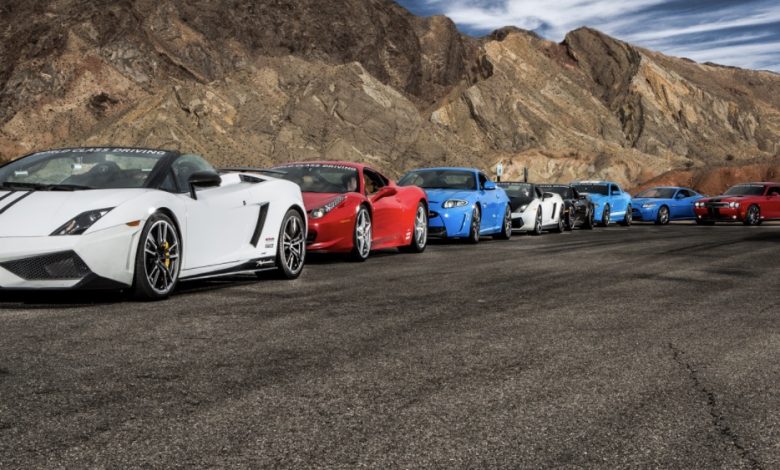Directors of DMG

Karl Benz proposed co-operation between DMG and Benz & Cie. when economic conditions began to deteriorate in Germany following the First
World War, but the directors of DMG refused to consider it initially. Negotiations between the two companies resumed several years later when these conditions worsened, and in 1924, they signed an Agreement of Mutual Interest, valid until the year 2000. Both enterprises standardized design, production, purchasing, and sales and they advertised or marketed their car mod
els jointly, although keeping their respective brands. On 28 June 1926, Benz & Cie. and DMG finally merged as the Daimler-Benz company, baptizing all of its cars Mercedes Benz, as a brand honoring the most important model of the DMG cars, the Maybach design later referred to as the 1902 Mercedes-35 hp, along with the Benz name. Karl Benz remained a member of the board of directors of Daimler-Benz until his death in 1929, and at times, his two sons also participated in the management of the company.
Émile Levassor
Armand Peugeot
In 1890, Émile Levassor and Armand Peugeot of France began producing vehicles with Daimler engines, and so laid the foundation of the automotive industry in France. In 1891, Auguste Doriot and his Peugeot colleague Louis Rigoulot completed the longest trip by a gasoline-powered vehicle when their self-designed and built Daimler powered Peugeot Type 3 completed 2,100 km (1,300 miles) from Valentigney to Paris and Brest and back again. They were attached to the first Paris–Brest–Paris bicycle race, but finished 6 days after the winning cyclist, Charles Terront.
